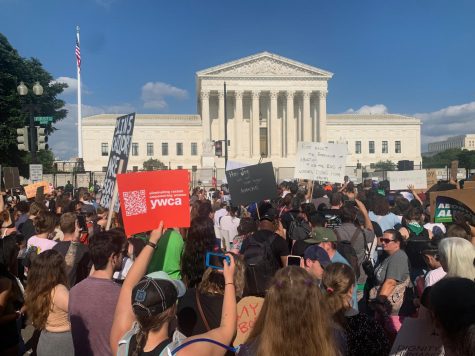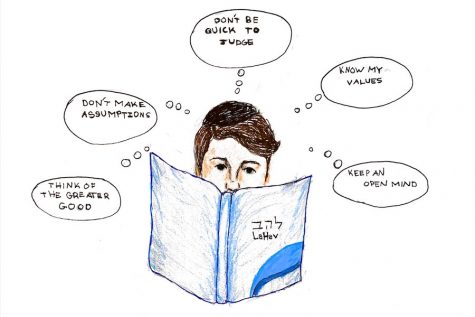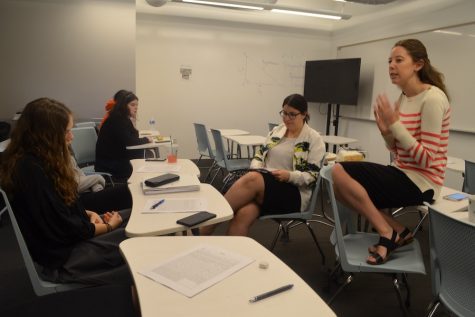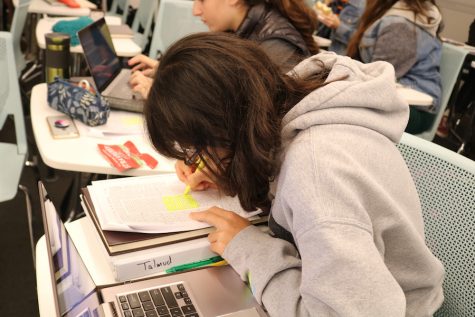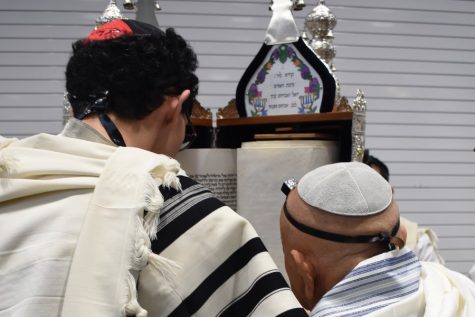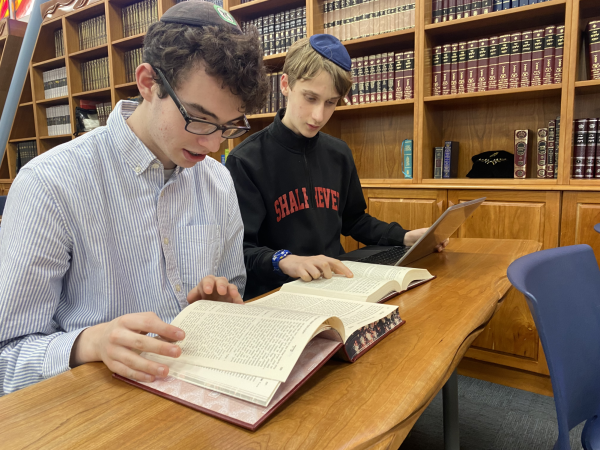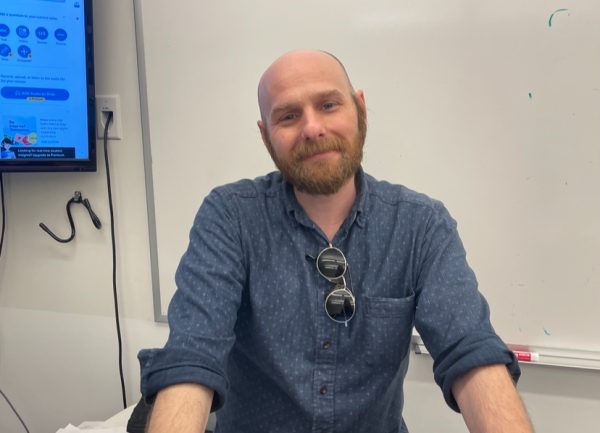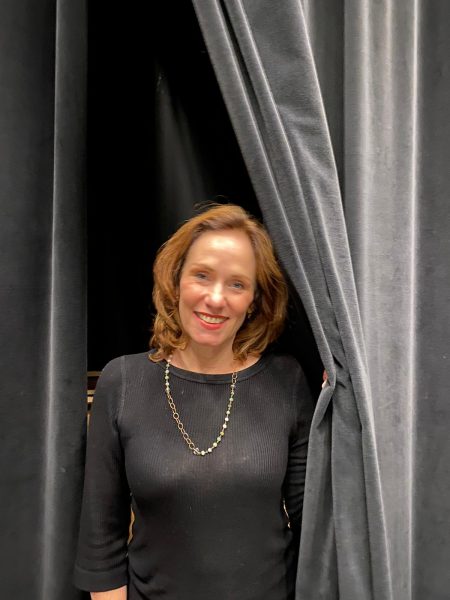LaHav Talmud curriculum now spreading to more schools
SAR: Shalhevet’s LaHav Talmud curriculum is being used by the ninth grade at Salanter-Akiba-Riverdale Academy in Riverdale, N.Y.
Shalhevet’s pioneering LaHav Talmud curriculum is starting to catch on around the world, with three U.S. schools adopting parts of it this year and plans for 10 more in Israel to start it next year.
In Riverdale, N.Y., Salanter-Akiba-Riverdale (SAR) Academy is using it in grade nine; Carmel Academy in Greenwich, Conn., is using it in grades five through eight; and Leibler Yavneh College in Australia is going to use the 11th– and 12th-grade curriculum in a pilot class this year.
In addition, RASG Hebrew Academy in Florida is using the ninth-grade curriculum for grades nine and 10.
In Israel, the AMIT school system plans to use the ninth grade curriculum next year in 10 of its high schools schools.
LaHav, initiated seven years ago by Principal Reb Noam Weissman — with Judaic Studies teacher Rabbi David Stein becoming co-author a year later — started as an experimental Talmud class and has since grown into an award-winning four-year curriculum, said Rabbi Stein.
In the first two years, he explained, students learn the halachic process from various sources, and the second two use in-depth case studies organized by topic, instead of the traditional Talmud study method of learning an entire book page by page.
It has received several grants, and Reb Noam Weissman and Rabbi Stein have made presentations about it to Jewish schools around the world.
Rabbi Nati Helfgot, chair of SAR’s Talmud department, said LaHav would have changed his own Talmud education when he was a student, describing how he had to pick up main ideas of the halachic process on his own when he was first learning Talmud.
“There is no doubt that it would have been much better to systematically have learned the ideas that are in this curriculum,” said Rabbi Helfgot in an interview.
SAR is only using LaHav for its ninth grade so far, Rabbi Helfgot said, but he plans to test it this year on grade 10. So far it’s being used as a supplement rather than a replacement for their Talmud curriculum.
At Carmel Academy, officials said LaHav was a good fit for their school’s goals.
“We had a clear sense of the kind of skill sets our students were going to come away with, like knowing why the rabbis were in the conversations that they were in,” said Dr. Tali Aldouby-Schuck, Carmel’s Director of Judaic Studies Curriculum and Professional Development.
“What it had was the alignment between the skills that we wanted our students to learn and the text and ideas.”
Since it is a K-8 school, Carmel modified the ninth-grade curriculum to work with its seventh- and eighth-grade classes. Officials there are now planning to prepare 5th- and 6th-grade classes, which learn Mishnah, to transition to 7th- and 8th-grade with LaHav.
Israel’s AMIT schools present a more difficult problem in adapting LaHav, because the number of schools means it’s a bigger project, according to Rabbi Stein. This year, 10 teachers from different schools connected to AMIT are being taught how to implement it.
“For the AMIT schools system, we would have teach a lot more teachers than we have before, and that will be the challenge,” said Rabbi Stein.
Still, the project has come a long way from its beginnings, when it started with a simple question Rabbi Stein and Reb Noam Weissman sought to answer: How does halacha, or Jewish law, work?
They felt this understanding was really important for them to teach to their students, who would then have the Torah learning they’re doing apply to their daily lives.
“We have two main goals” Rabbi Stein explained. “To put an emphasis on skills and concepts, and to understand and know halacha.”
Staff writer Abby Blumofe also contributed to this story.
Tag: Dr. Noam Weissman, Noam L. Weissman, David Stein, LaHav
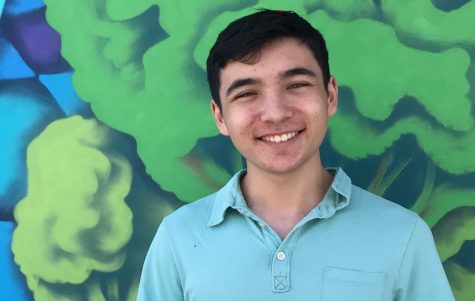
Jacob Feitelberg has been a part of Boiling Point since his sophomore year. He originally started by reporting on Color War as a staff writer and then wrote for other sections, including as Outside News and Torah, eventually becoming Outside News Editor for the 2016-17 school year, and now Deputy Editor-in-Chief. Jacob enjoys listening to classical music and rock music, reading, playing violin, skiing and coding.


